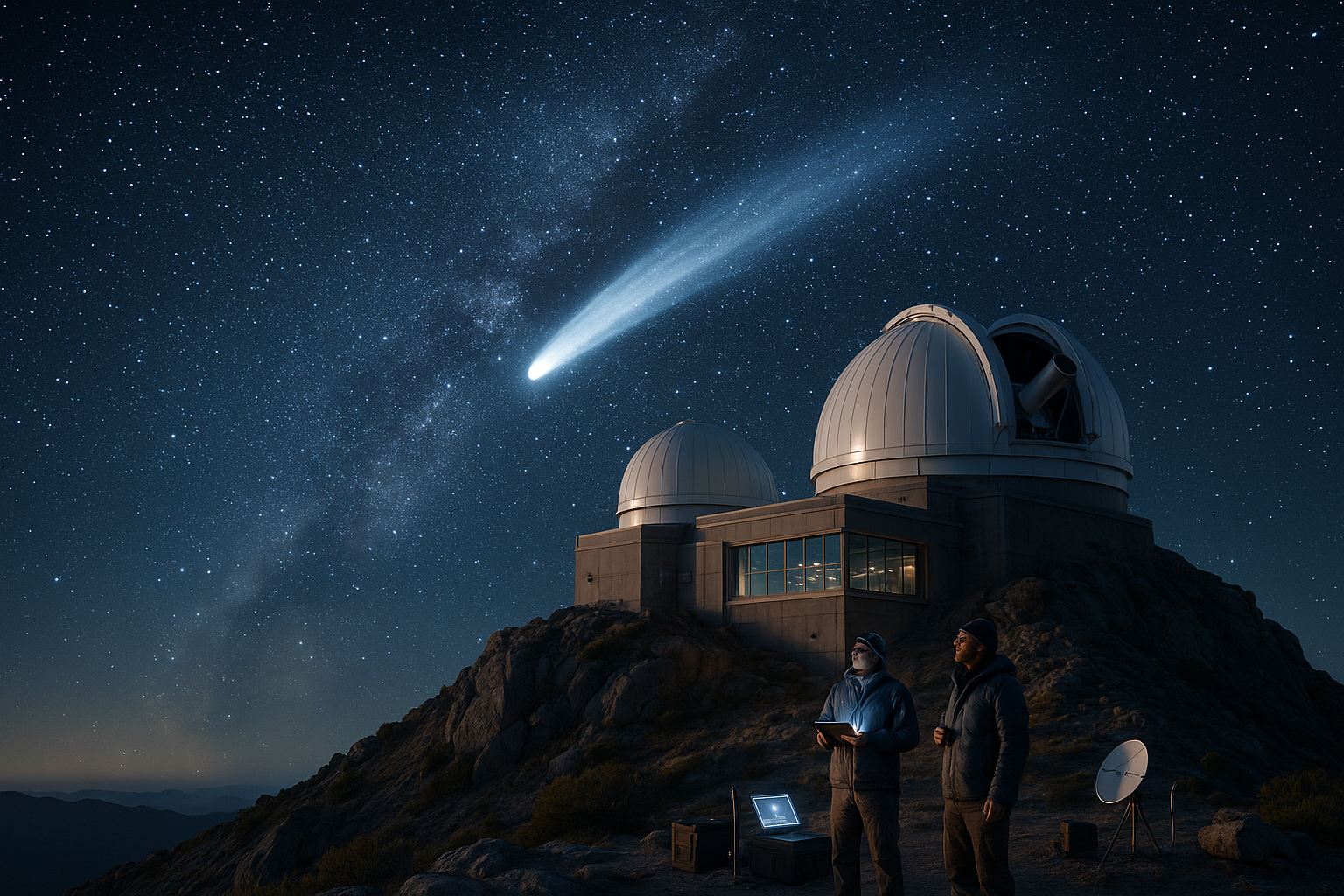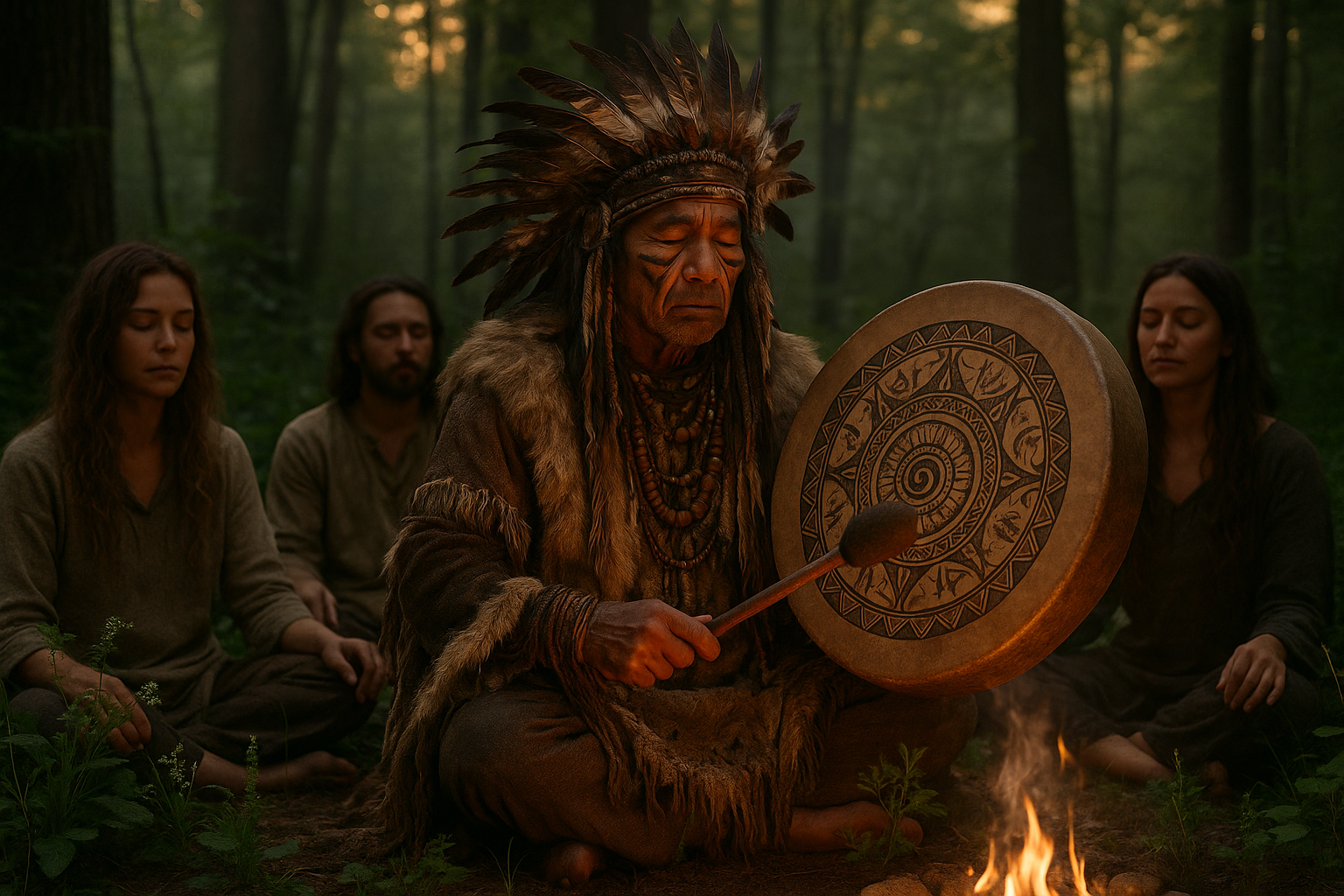In the vast expanse of our solar system, where celestial bodies dance in the cosmic ballet of the universe, comets emerge as some of the most enigmatic performers. Their icy nuclei and blazing tails captivate our imagination, sparking a sense of wonder about the mysteries they hold. But did you know that these ancient travelers also carry a symphony of sounds that echo through the cosmos? 🎶 These sounds, often imperceptible to the human ear, are key to unlocking the secrets of comets and their role in the grand scheme of the universe.
In this article, we embark on a journey to explore the fascinating world of comets and the cosmic melodies they produce. Comets are not just icy wanderers traversing the solar system; they are time capsules that carry valuable information about the origins of our solar system and perhaps even life itself. As we delve deeper into their mysteries, we will uncover how these celestial bodies are much more than meets the eye.
Our exploration begins with an understanding of what comets are and how they form. These celestial bodies are composed of ice, dust, and rocky material, remnants from the solar system’s formation over 4.6 billion years ago. As comets approach the Sun, their ice begins to vaporize, creating a glowing coma and the iconic tail that has fascinated observers for centuries. This process not only offers a spectacular visual display but also plays a crucial role in revealing the hidden secrets locked within these icy bodies.
But there’s more to comets than their brilliant displays. Recent missions and scientific advancements have allowed us to listen to the sounds of comets, uncovering a new dimension of their existence. By capturing the low-frequency electromagnetic waves emitted by comets, scientists have transformed these signals into audible sounds. These cometary “songs” provide us with valuable insights into their composition, structure, and behavior.
The Rosetta mission, launched by the European Space Agency, marked a significant milestone in our understanding of cometary sounds. As the spacecraft rendezvoused with Comet 67P/Churyumov-Gerasimenko, it recorded an intriguing melody, a rhythmic beat that puzzled scientists and enthusiasts alike. This mysterious sound, often likened to a cosmic heartbeat, revealed the dynamic interactions between the solar wind and the comet’s environment. Such discoveries have paved the way for a deeper exploration of cometary acoustics and their implications for understanding the solar system.
As we journey further into this topic, we’ll explore how scientists are using these sounds to unravel the complex nature of comets. By analyzing the frequency and patterns of the sounds, researchers can deduce the physical and chemical properties of cometary material. This knowledge not only enhances our understanding of comets themselves but also sheds light on the processes that shaped our solar system and potentially seeded life on Earth. 🌌
Moreover, we’ll examine the technological advancements that have enabled us to capture and study these cosmic symphonies. From space missions equipped with sensitive instruments to ground-based observations, the quest to understand cometary sounds is a testament to human curiosity and ingenuity. These advancements are not just about pushing the boundaries of scientific knowledge; they also inspire a sense of connection to the universe and our place within it.
The study of comet sounds is not just a scientific endeavor; it is an exploration of the cosmic harmony that surrounds us. By listening to these celestial melodies, we gain a deeper appreciation of the universe’s complexity and beauty. Comets, with their enigmatic presence and celestial music, invite us to contemplate the profound questions of existence and our cosmic origins.
As we dive deeper into this exploration, prepare to be captivated by the extraordinary world of comets and the cosmic symphony they compose. From their formation and journey through the solar system to the groundbreaking discoveries of their sounds, each section of this article will unravel a piece of the cosmic puzzle. Join us as we unlock the mysteries of comets and explore the celestial orchestra that plays out in the universe. 🎇

Conclusion
The journey through the cosmos, especially our exploration into the enigmatic world of comets, has been nothing short of fascinating. In our article, we’ve delved into the very essence of these celestial wanderers, understanding their composition, trajectory, and the mesmerizing symphony of sounds they emit as they journey through the solar system. 🌌 These sounds, captured by cutting-edge technology, offer us a unique insight into the dynamic and often turbulent environment of space.
Our discussion highlighted how comets, remnants from the early solar system, serve as cosmic time capsules, holding secrets to the origins of our planetary neighborhood. As we continue to study them, we not only unlock the mysteries of our past but also gain valuable knowledge that could impact future space exploration and even our understanding of life on Earth.
Furthermore, the technological advancements in capturing and analyzing the sounds of comets exemplify human ingenuity and our relentless quest for knowledge. These sounds are more than just data; they are the cosmic symphony that connects us to the universe, reminding us of our place within this vast expanse.
The significance of these discoveries cannot be overstated. Not only do they enhance our scientific understanding, but they also inspire us to look up at the night sky with wonder and curiosity. 🌠 As we continue to push the boundaries of what is possible, it’s important for each of us to stay informed and engaged. The mysteries of the cosmos are not just for scientists to unravel; they belong to all of us.
We encourage you to share this newfound knowledge, discuss it with friends and fellow enthusiasts, and perhaps even spark a conversation about the broader implications of our cosmic explorations. Your thoughts and insights are invaluable, and by sharing them, you contribute to a global dialogue about the wonders of the universe. 🗣️
To continue your exploration of this topic, consider visiting reputable sources such as NASA and ESA for the latest research and discoveries. These platforms offer a wealth of information and are excellent starting points for anyone eager to delve deeper into the mysteries of space.
Thank you for joining us on this cosmic journey. As we conclude, let us carry forward the spirit of exploration and wonder, for the universe has much more to reveal. Stay curious, stay inspired, and most importantly, keep looking up! 🚀
This conclusion aims to recapitulate the main points, emphasize the importance of the topic, and encourage reader engagement, while also maintaining a professional and inspiring tone.
Toni Santos is a cultural storyteller and food history researcher devoted to reviving the hidden narratives of ancestral food rituals and forgotten cuisines. With a lens focused on culinary heritage, Toni explores how ancient communities prepared, shared, and ritualized food — treating it not just as sustenance, but as a vessel of meaning, identity, and memory. Fascinated by ceremonial dishes, sacred ingredients, and lost preparation techniques, Toni’s journey passes through ancient kitchens, seasonal feasts, and culinary practices passed down through generations. Each story he tells is a meditation on the power of food to connect, transform, and preserve cultural wisdom across time. Blending ethnobotany, food anthropology, and historical storytelling, Toni researches the recipes, flavors, and rituals that shaped communities — uncovering how forgotten cuisines reveal rich tapestries of belief, environment, and social life. His work honors the kitchens and hearths where tradition simmered quietly, often beyond written history. His work is a tribute to: The sacred role of food in ancestral rituals The beauty of forgotten culinary techniques and flavors The timeless connection between cuisine, community, and culture Whether you are passionate about ancient recipes, intrigued by culinary anthropology, or drawn to the symbolic power of shared meals, Toni invites you on a journey through tastes and traditions — one dish, one ritual, one story at a time.




